Unlocking the Power: My Definition of Artificial Intelligence
My Journey with Artificial Intelligence
Artificial Intelligence (AI) has always been an area of great intrigue for me. My journey with this cutting-edge field of technology has been filled with continuous learning, growth, and evolution.
My Introduction to Artificial Intelligence
I was first introduced to AI during my time at university. I was fascinated by the concept of machines being able to mimic human intelligence, and this initial curiosity led me to delve deeper into the subject. I began to explore various facets of AI, such as machine learning, neural networks, predictive modeling, and more.
My first real-world encounter with AI was when I saw its application in the gaming industry. The idea of AI being able to control non-player characters and make the gaming environment more dynamic and realistic was truly captivating. This experience sparked a long-lasting interest in AI. For more insight into the use of AI in gaming, you can read my article on artificial intelligence in gaming.
How My Understanding of AI Has Evolved
Over the years, my understanding of AI has broadened and deepened. I realized that the artificial intelligence definition goes beyond just mimicking human intelligence. It’s about creating systems that can learn from experience, adapt to new inputs, and perform tasks that usually require human intelligence.
I discovered that AI can be classified into two main types: narrow AI, which is designed to perform a specific task, and general AI, which can perform any intellectual task a human being can do.
I also learned about the different components of AI, such as machine learning, which allows machines to learn from data and improve their performance, and neural networks, which are modeled on the human brain and designed to recognize patterns. My article on artificial intelligence machine learning provides a more detailed discussion on this topic.
Moreover, I realized the transformative power of AI across various industries. From automating routine tasks to making accurate predictions and driving strategic decision-making, the possibilities of AI seemed limitless. This led me to explore the applications of AI in various sectors such as business and finance, which you can learn more about in my articles on artificial intelligence in business and artificial intelligence in finance.
In essence, my journey with AI has been an ongoing process of learning and discovery. The more I learned about AI, the more I appreciated its potential to drive innovation and transformation. And I am excited to continue learning and sharing my insights about this revolutionary technology.
Defining Artificial Intelligence
Embarking on the journey to understand artificial intelligence (AI) begins with defining what it truly is. Here, I aim to provide a comprehensive understanding of the artificial intelligence definition, its components, and how it differs significantly from traditional computing.
The Basic Definition of AI
At its core, AI is a branch of computer science focused on creating systems or machines that display human-like intelligence. These systems are capable of learning from experiences, understanding complex content, interpreting external data, and executing tasks that would typically require human intelligence.
While this definition may seem simple, the complexities and nuances of AI are far from it. In my experience, AI is a constantly evolving field, with its definition expanding as new technologies and methodologies emerge.
The Components of AI: Machine Learning, Neural Networks, and More
Diving deeper into the artificial intelligence definition, we find that AI is composed of various components, each contributing to its overall ability to mimic human intelligence.
One of the key components is Machine Learning (ML), a subset of AI that allows systems to learn and improve from experience. ML algorithms use computational methods to “learn” information directly from data without relying on a predetermined equation as a model. For a hands-on understanding of how ML contributes to AI, have a look at my blog on artificial intelligence machine learning.
Another crucial component is Neural Networks, also known as Artificial Neural Networks (ANNs). These are computing systems inspired by the biological neural networks found in human brains. ANNs are designed to simulate the way humans learn and process information, making it possible for machines to recognize patterns and solve complex problems in a human-like way.
| Component | Description |
|---|---|
| Machine Learning | Allows systems to learn and improve from experience |
| Neural Networks | Computing systems designed to simulate the way humans learn and process information |
How AI Differs from Traditional Computing
One of the key distinctions between AI and traditional computing lies in their approach to problem-solving. Traditional computing follows predefined algorithms and is limited to executing explicit instructions. On the other hand, AI systems are designed to mimic human intelligence and can learn from experience, adapt to new inputs, and perform tasks that usually require human cognition.
For instance, in traditional computing, a chess game would require a predefined algorithm for every potential move. In contrast, an AI-powered chess game, like the ones discussed in my article on artificial intelligence in gaming, can learn from previous games, predict future moves, and even devise new strategies.
By understanding the core artificial intelligence definition and how it differentiates from traditional computing, we can better appreciate its potential to revolutionize various industries, from business to finance, and beyond.
The Power of Artificial Intelligence
Unleashing the power of artificial intelligence (AI) has been a thrilling journey for me. The transformative potential of AI is breathtaking, and in this section, I’ll dive into how AI is revolutionizing industries, its role in data analysis and predictive modeling, and how it impacts decision-making and strategic planning.
How AI is Transforming Industries
AI is no longer confined to the realms of science fiction. Today, it’s reshaping diverse industries, from healthcare and finance, to gaming and logistics. In healthcare, AI aids in predictive diagnosis, personalized treatment, and pandemic response. The finance sector leverages AI for fraud detection, risk management, and investment decisions. Meanwhile, AI in gaming has revolutionized player experience with adaptive difficulty levels and realistic non-player characters. You can find more examples of AI applications in our artificial intelligence examples article.
| Industries | AI Applications |
|---|---|
| Healthcare | Predictive diagnosis, Personalized treatment, Pandemic response |
| Finance | Fraud detection, Risk management, Investment decisions |
| Gaming | Adaptive difficulty levels, Realistic non-player characters |
AI’s Role in Data Analysis and Predictive Modeling
AI, particularly machine learning, is a game-changer in data analysis and predictive modeling. It uncovers insights from large data sets, identifies trends, and makes predictions with unprecedented accuracy. For instance, in business, AI can predict customer behavior, market trends, and sales forecasts, guiding strategic decisions. I delve deeper into this in my artificial intelligence machine learning article.
| AI Tools | Role in Data Analysis & Predictive Modelling |
|---|---|
| Machine Learning | Uncover insights from large data sets, identify trends |
| Predictive Modelling | Make accurate predictions about customer behavior, market trends, sales forecasts |
AI’s Impact on Decision-Making and Strategic Planning
AI has also altered how decisions are made and strategies are crafted. With AI, decision-making becomes data-driven, objective, and proactive. It reduces human bias, speeds up processes, and anticipates future scenarios. For instance, in finance, AI can predict market shifts and inform investment strategies. Similarly, in business, AI can guide resource allocation, marketing campaigns, and product development. I explore this further in my artificial intelligence in business and artificial intelligence in finance articles.
| Areas | AI Impact on Decision-Making & Strategic Planning |
|---|---|
| Finance | Predict market shifts, inform investment strategies |
| Business | Guide resource allocation, marketing campaigns, product development |
In my exploration of the artificial intelligence definition, the transformative power of AI stands out. It’s not just the technology of the future – it’s the technology of today, shaping industries, enhancing data analysis, and revolutionizing decision-making.
Ethical Considerations of AI
As I delve deeper into the artificial intelligence definition, I find it imperative to discuss some of the ethical considerations surrounding AI. These primarily include issues of bias, privacy, and security.
The Challenges of AI: Bias, Privacy, and Security
One of the major challenges in AI is the potential for bias. AI models learn from the data they are fed. If the data contains implicit human biases, those biases can be reflected in the AI’s outputs. For instance, an AI model trained on data from a historically biased system may perpetuate those biases, leading to unfair outcomes. It’s a complex problem that requires ongoing attention and vigilance from those who design and use AI systems.
Privacy is another significant concern. AI systems often require massive amounts of data to function effectively. This data can include sensitive personal information, raising questions about how this information is collected, stored, and used. While AI can lead to significant improvements in areas like personalized marketing or healthcare, it’s crucial to balance these benefits with the need to protect individual privacy.
Security in AI is a third major concern. As AI systems become more integrated into our daily lives and critical infrastructures, they also become a potential target for cyberattacks. Ensuring the security of AI systems, therefore, is paramount. This includes not only protecting the data that AI systems use and produce but also ensuring that the AI systems themselves are resistant to manipulation.
| Challenge | Description |
|---|---|
| Bias | AI can replicate and amplify existing biases in data |
| Privacy | AI requires data, raising concerns about how personal information is used |
| Security | AI systems can be a target for cyberattacks |
The Role of Transparency and Accountability in AI
Addressing these challenges requires a commitment to transparency and accountability in AI. Transparency involves being open about how AI systems operate and make decisions. While complete transparency can be difficult to achieve, particularly with complex AI models, efforts should be made to explain AI decisions in understandable terms.
Accountability, on the other hand, involves ensuring that those who design and use AI systems are held responsible for their outcomes. This includes not only addressing any harm caused by these systems but also taking steps to prevent future harm.
In my view, transparency and accountability are not just nice-to-have features but essential components of any AI system. They are necessary for building trust in AI systems and ensuring that these systems are used in a manner that respects human rights and values.
For more insights into how AI is being used across different fields, you can explore my articles on artificial intelligence in gaming, artificial intelligence machine learning, artificial intelligence examples, artificial intelligence in business, and artificial intelligence in finance.
The Future of Artificial Intelligence
As I look to the horizon, I see a future where artificial intelligence (AI) permeates every aspect of our lives. The definition of artificial intelligence extends beyond just algorithms and data models; it’s about creating systems that augment human capabilities and transform how we live and work.
The Potential of AI: Automation, Innovation, and Beyond
Automation is a key area where AI has immense potential. From streamlining operational processes to enhancing customer interactions, AI-powered automation can drive efficiency and productivity across various industries. For instance, in the finance sector, AI can automate complex tasks such as risk assessment and fraud detection, freeing up human resources to focus on strategic initiatives. More on AI’s role in finance can be found in my blog post on artificial intelligence in finance.
But AI’s potential extends beyond automation. At its core, AI is a tool for innovation. It can help us uncover patterns and insights from vast amounts of data that would otherwise remain hidden. This opens up new opportunities for innovation, from personalized healthcare treatments to highly customized marketing strategies.
AI can also revolutionize decision-making. By leveraging machine learning and predictive modeling, AI can provide accurate forecasts and actionable insights that guide strategic planning. In other words, AI can transform data into a strategic asset, providing a competitive edge in today’s data-driven world.
My Predictions for AI’s Continued Evolution and Impact
As we move forward, I predict that AI will continue to evolve and expand its reach. We will see more advanced AI models capable of learning and improving over time, leading to more accurate predictions and smarter solutions. Machine learning, a component of AI, will play a crucial part in this evolution. More on this topic can be found in my blog post on artificial intelligence in finance.
AI will also become more accessible. As AI tools and platforms become more user-friendly, more people will be able to leverage AI, regardless of their technical skills. This democratization of AI will drive innovation and growth across various sectors.
Despite the immense potential of AI, it’s important to address the ethical considerations as well. Issues of privacy, security, and bias must be tackled to ensure responsible use of AI. I believe that transparency and accountability will play a crucial role in shaping the future of AI.
In conclusion, the future of artificial intelligence is bright. While there are challenges to overcome, the potential benefits of AI far outweigh the risks. As we continue to unlock the power of AI, I am confident that we will see a future where AI enhances human capabilities and transforms the way we live and work.

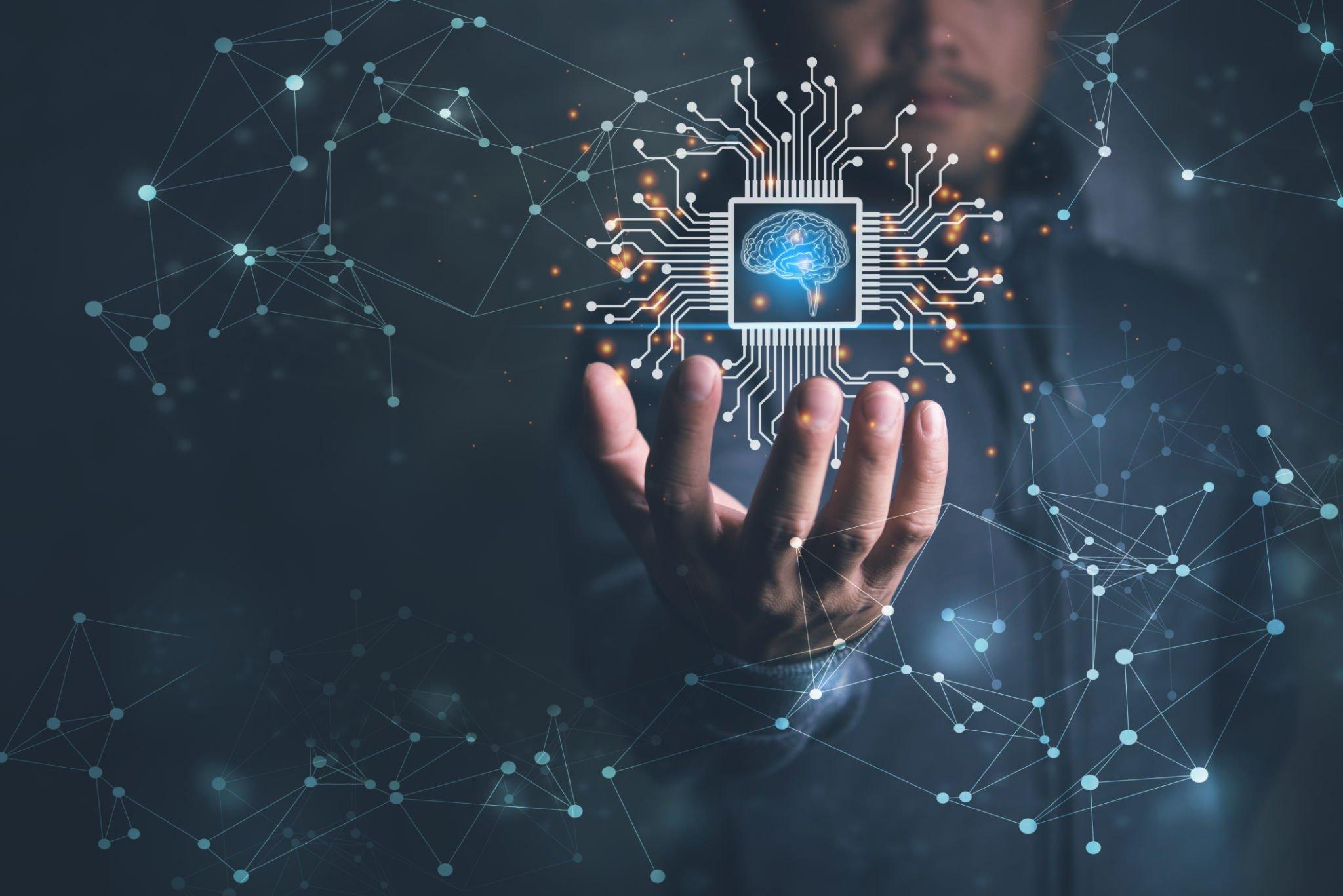
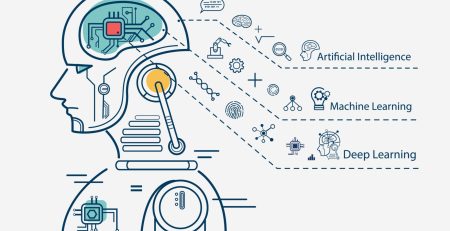

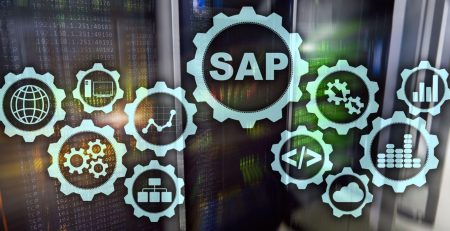
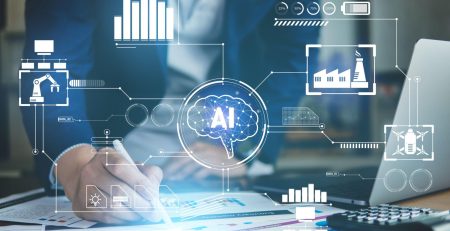

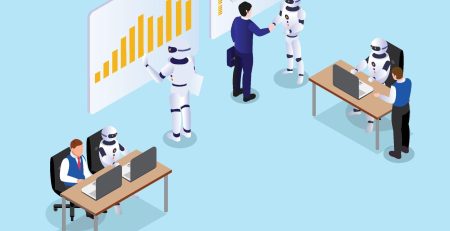

Comments (2)
[…] For a more comprehensive understanding of AI, you can refer to our article on artificial intelligence definition. […]
[…] approach and solve problems in business. If you’re new to the concept, you can explore the artificial intelligence definition to get a better […]